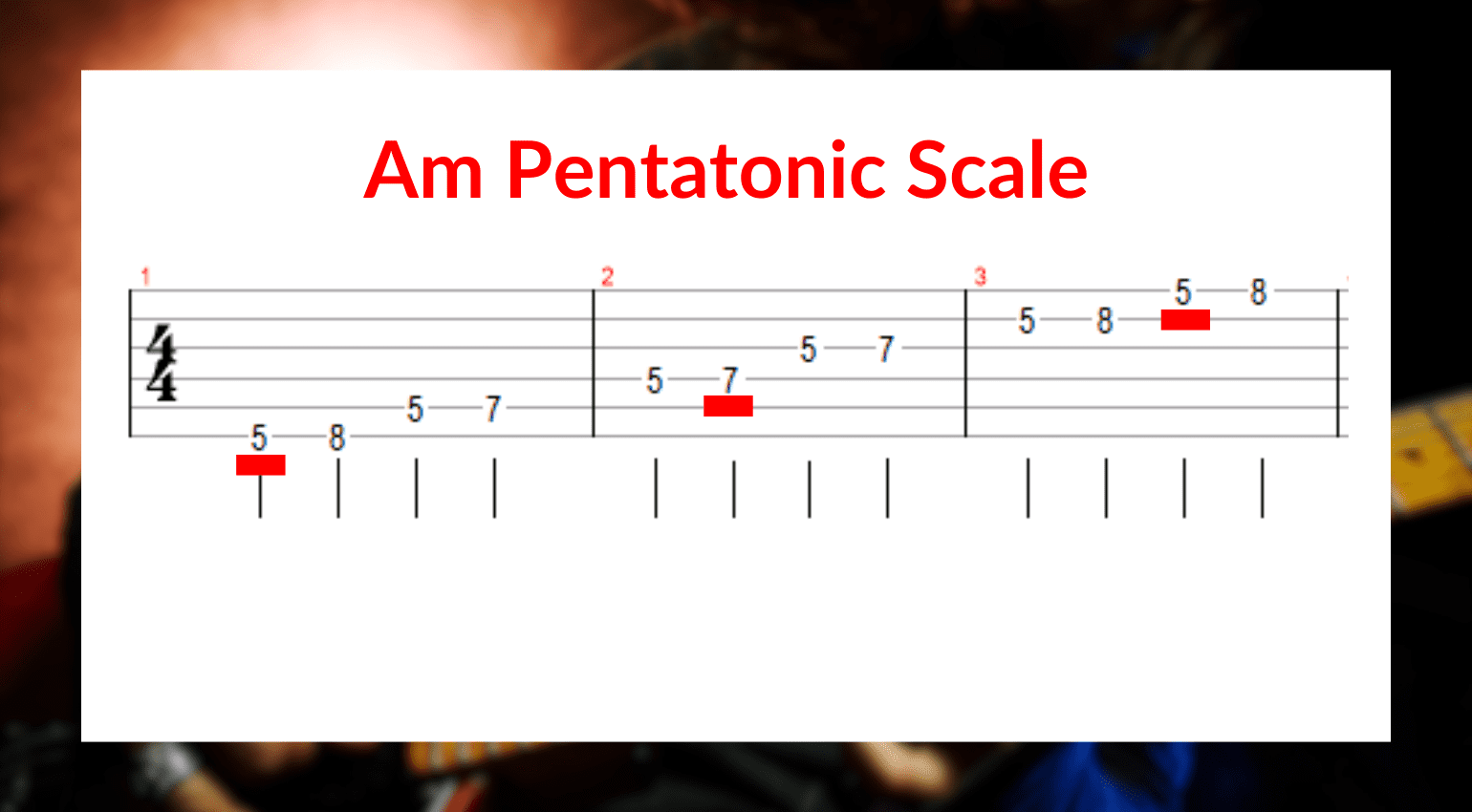Improvising on Guitar: Jamming Secrets You Should Know
Improvising on guitar is a great way to express your musical identity. When starting out though, it can be hard to know what’s going on. Stick around for some jamming secrets that you really should know.
Improvising on Guitar: Jamming Secrets You Should Know
We’ve all seen the likes of John Mayer, Eric Clapton and BB King captivating crowds with their endless improvisational skills. Away from the stage, it can seem like a mystical art to select such good notes one after another. But, did you know that it’s actually a lot easier than it first appears?
All we need for improvising on guitar is a few core skills that will set you up with a combination of possibilities that will last a lifetime. Stick around if you’re looking to make some tasty licks.
Finding a Backing Track
I like to find myself a backing track before I pick up my guitar. If you’re lucky, you’ll have a friend or bandmate to provide you with some backing. But for most of us, a suitable backing track is all we need.
Finding a track is easy enough, YouTube has, what feels like, a never-ending supply. However, we need to know what we’re looking for. Major or Minor? Blues or Funk? Jazz or Country? Improvising on guitar is about more than just the notes. You need to feel the music.
A great starting point is a Blues backing track, as this enables us to use a basic pentatonic scale. Although, we can also stretch to using position one of the major and minor scales for each respective key.
Minor Backing Track
Great! Now we’ve looked at the pentatonic scale and how to find a track, let’s look at playing over a minor backing track.
What’s so great about minor tracks? Well, they’re not as sad as they first appear. The first position of the Minor Scale lends itself nicely to the pentatonic and the blues scale. Therefore, we can keep some existing shapes.
Furthermore, the vast majority of rock backing tracks will need us to play in a minor key. Likewise with blues backing tracks. All we need to do is add the blue notes for that authentic blues sound.
Major Backing Track
Okay, so here’s where things get a little more sophisticated. Who’s ready for a secret?
Let’s say we’re improvising over the Let It Be solo section, by The Beatles. This song is in C Major. Exactly what we’re looking for! We can use a hybrid of the 5th position C major scale along with the C Major pentatonic to improvise over this track.
This shape is very similar to the Am pentatonic shape we were looking at earlier. So, we can still play in a major key but use a shape that we’re familiar with.
Memorable Shapes
Speaking of playing things we’re familiar with, we can now look at crafting some of our own ideas.
Every guitarist has their own identity when it comes to improvising on guitar. Whether that’s through their tone, or the shapes that they use. It’s important to memorise a series of notes that you can deploy in any jamming scenario.
A great place to start is getting to grips with the ‘House of Blues‘ extension. Whereby, we can extend the pentatonic shape and add some extra notes. This is a superb way to open up your improvising skills!
Techniques – Improvising on Guitar
To conclude our look at some jamming secrets, it’s about time we looked at how to really spice up the notes that we’re playing.
Let’s look at a few simple techniques we can add:
- Bends
- Hammer-Ons
- Pull-Offs
- Double Stops
These effective techniques can be picked up in just a few minutes and will make a tremendous difference to your playing. To bend a note, we alter its pitch by either a semi-tone or an entire tone. To get to grips with the rest, take a look at this list of the Top 5 Guitar Techniques. In the meantime, check out a master at work, Toby Lee using a combination of the skills we’ve looked at:
Improvising on Guitar: Jamming Secrets You Can Use!
As I said earlier, improvising doesn’t have to be as hard as it looks. Put together these few simple solutions and you’ll be able to play endlessly over anything. Whether that’s a fast-paced rock track or a soulful major blues. You’ll be covered!
Video:
Here are some worthwhile additions to our newfound skills:
This distortion pedal will add a little more spice to your solos!


Trying some bends out? You could break a couple of strings. You’re welcome.


Further Information:
*Note: This post contains affiliate links and/or widgets. When you buy a product via our affiliate partner, we receive a small commission that helps support what we do. Don’t worry, you pay the same price. Thanks for your support!
- Improvising on Guitar - Am Blues Scale : Lead Guitar Lessons
- Improvising on Guitar - C Major Pentatonic and Position 5: Lead Guitar Lessons
- Improvising on Guitar - Am House of Blues Extension : Applied Guitar Theory
 3,9 / 5,0 |
3,9 / 5,0 | 















